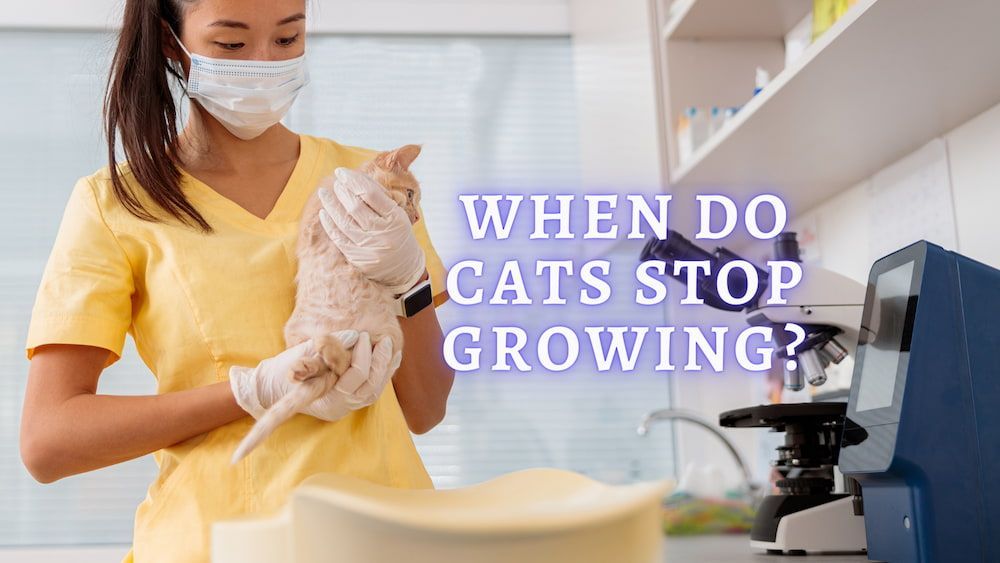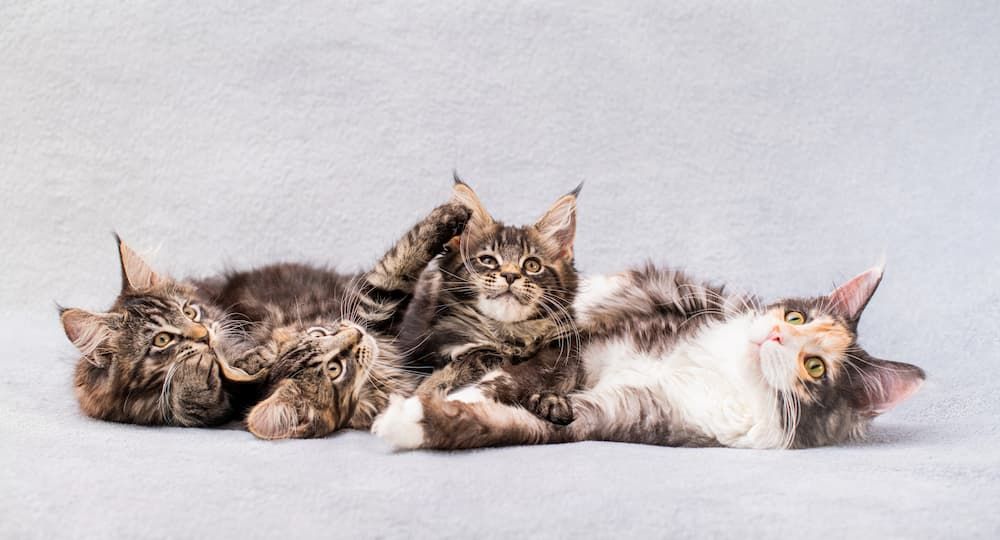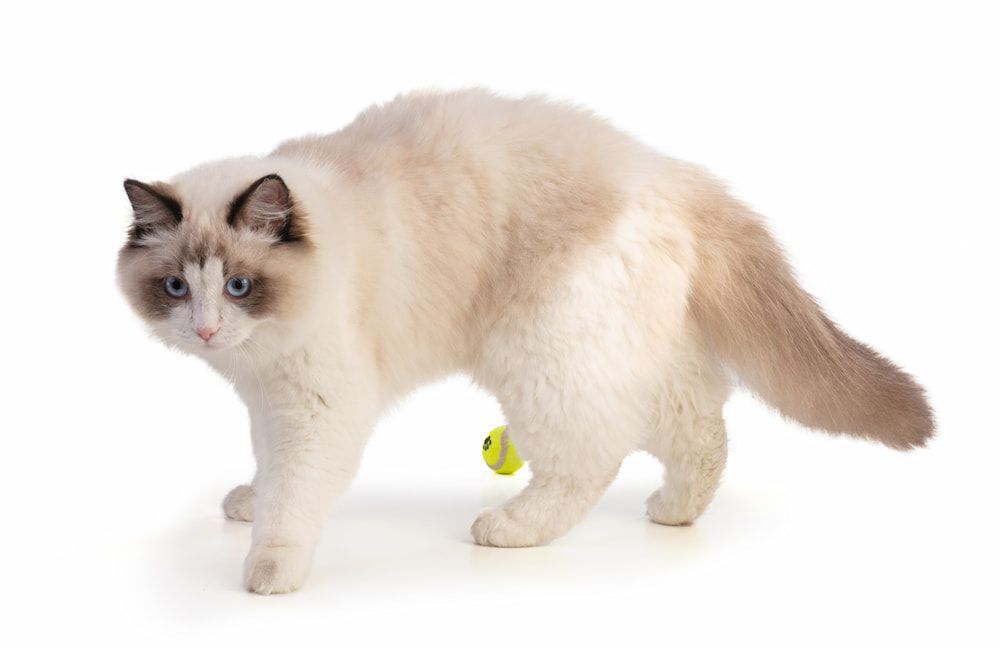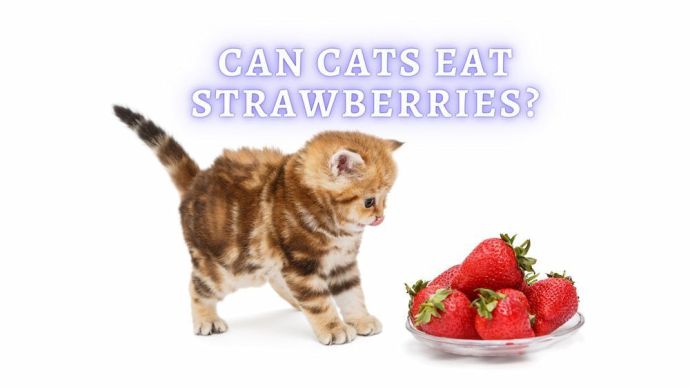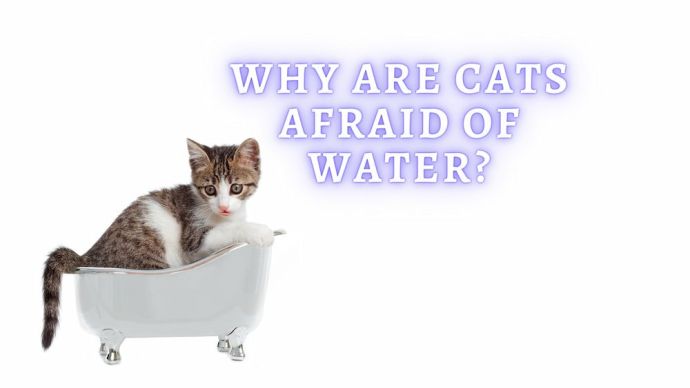When Do Cats Stop Growing? What age is a cat full grown?
Written by:
Author: Carol Young
Carol has worked in specialty, emergency, mixed animal and general veterinary practices, and enjoys all aspects of veterinary medicine. Her special areas of interest include anesthesia, critical care, emergency, dentistry, internal medicine and small animal nutrition.
View all 62 articlesLearn about our editorial process and veterinary review board.
Viewed: 210
Updated on: 01/26/2022
Kittens are adorable, and their happy-go-lucky attitude, sense of wonder, and playfulness are always a delight for the owner. However, kittens don’t stay small and frisky forever, and you may wonder at what age your little fur-ball becomes an adult. It is essential to know when cats stop growing because this will determine what you feed your feline friend since the nutritional requirements of adults differ from those of youngsters. Also, it’s vital that you keep up-to-date on vaccines for your cat and schedule regular exams with your veterinarian.
There are many different breeds, and some mature at slower rates than others. For example, most small domestic cats stop growing between 12-16 months of age, but larger breeds such as Maine Coons, Norwegian Forest, and Ragdoll varieties can continue to grow up to 3 years of age.
When do Kittens Usually Become Cats?
As mentioned above, most cats stop growing between 12-16 months, although some cats may take a bit longer to fill out and mature. Kittens are considered adults at this time. However, this doesn’t mean that they lose their natural curiosity or playfulness, making kittens so much fun.
There are several milestones that you can follow as your kitten matures and moves on to adulthood:
- 3-4 months: During this time a kitten will start to lose her baby teeth which are replaced by adult teeth. Most adult teeth are in place by 6 months of age.
- 4-9 months: During this time most cats reach sexual maturity. Most veterinarians will recommend spaying and neutering when they are 6 months or older.
- 9-16 months: During this phase, most cats are fully grown, except for the larger breeds who are not fully mature until almost 3 years.
- 12 months: Most kittens are considered adults by 1 year of age.
- 2 years: Most domestic and small-breed cats are socially and behaviorally mature by this time.
READ MORE: Kitten Development Timeline
What Affects a Cat’s Growing Rate?
Kittens grow fairly quickly and mature as adults by about a year. At this time most cats are 2/3 of their adult weight, at which time their growth rate slows down considerably. Just as with any pet, several things affect growth rate, and these include the following:
1. Diet
At 4 weeks of age, kittens start to eat solid foods, and at 8 weeks of age, most kittens are weaned off of their mother’s milk. As expected, growing kittens require a diet higher in nutrients, protein, calcium, and calories than adults to build strong bones and support development. After weaning, kittens need a balanced diet to guarantee healthy and normal growth.
Proper nutrition for growing cats is needed to:
- Boost the immune system. A healthy kitten who is on a proper diet will also have a stronger immune system than a kitten who is undernourished or underweight. A healthy immune system help to fight off illness and viruses.
- Grow gradually, and not at a too slow or too rapid a rate. The ideal growth rate in kittens is slow and steady, allowing for the kitten to achieve an ideal adult body condition.
- Minimize weight gain and obesity. If a kitten is fed too much, she can grow to fats, which puts her at risk of obesity. This usually occurs as a result of feeding higher fat foods, free-feeding, or overfeeding. So if you think your kitten is growing too fast, it might be because you are overfeeding. Regular check-ups with your veterinarian and weigh-ins can help keep your kitten on track for a healthy weight.
READ MORE: Cat Nutrition Requirements Guide (Vet Advice)
2. Parasites
Endoparasites (parasites that live inside a cat’s body), can take away nutrients for a growing kitten, as well as cause gastrointestinal (GI) malabsorption problems. It is important to have your veterinarian de-worm your kitten as needed to avoid problems down the road.
Some of these parasites are discussed below.
- Tapeworms. The most common tapeworm found in cats is called Dipylidium caninum. This tapeworm doesn’t cause much of an issue in adult cats, but it can cause GI upset and nutrient malabsorption in growing kittens. Kittens contract this worm through ingestion. Another tapeworm that can stunt growth in cats belongs to the variety Taenia. These worms are contracted through eating rodents, rabbits, or birds.
- Roundworms. Another parasite is the roundworm, which can also cause GI digestive upset, diarrhea, and excessive gas. Kittens with roundworms usually have a ‘pot-bellied’ appearance due to the excessive gas in their GI tracts. Roundworms can be transmitted to kittens in utero, or by ingesting the eggs that are contained in the feces of an infected cat.
- Hookworms. These parasites can grow up to 1” long, and attach to the small intestine, where it feeds on blood. Untreated hookworms can severe anemia in infected cats. Hookworms are contracted through the skin or ingestion.
READ MORE: What to expect after Deworming a Cat?
3. Breed
Another factor to consider is breed and genetics. These also dictate how fast a cat grows. For example, most feline breeds mature fully at 2 years old, but the Maine Coon cat can grow until they are almost 4 years old. The male Maine Coon is quite large, averaging between 15 and 25 pounds, while the female averages between 10 and 5 pounds. Ragdolls also mature slower than most domestic cats and do not reach their full size until 4 years of age.
4. Illness/Disease
Diseases and viruses can also slow the growth and development of kittens. Viruses such as feline panleukopenia (FP) are an extremely contagious viral disease caused by the feline parvovirus. Kittens are most severely affected by the virus because their immune systems are not fully developed. Also, FP infects and kills cells that grow and divide rapidly in developing kittens, causing stunted growth.
5. GI problems/malabsorption
Kittens who suffer from GI issues and diarrhea often suffer from malabsorption issues as well. If a kitten cannot absorb nutrients and calories efficiently, she will not grow at a healthy and normal rate. Malabsorption typically occurs in the cat’s small intestine but can affect the large intestine as well. Healthy kittens normally digest food in several stages: First breaking the food down into proteins, fats, minerals, and carbohydrates, then absorbing the nutrients, then transporting these nutrients to vital organs and tissues.
What Breeds Need the Most Time to Grow Up?
Unlike smaller breeds, the larger cat breeds take longer to grow and reach maturity. Maine Coons, Ragdolls, and Norwegian Forest are prime examples. Maine Coon will continue to grow until they reach 3-4 years of age, and Ragdolls will continue to develop until they are 4 years old, at which point they reach their adult size. The Norwegian Forest Cat also develops slowly, and they do not reach full maturity until 5 years of age. The reason that larger cats take longer to reach adulthood is that it takes longer for them to reach maturity because of their larger stature.
READ MORE: Fluffiest Cat Breeds
FAQ
Can you tell how big a cat will get?
One of the ways you can tell how big a cat will get is to consider the breed, and if possible, take a look at the parents. If you obtain a kitten from a breeder, chances are your feline friend will be about the same size as mom or dad. However, if you adopt a cat from a shelter or have no information about the parents, you can expect that the average cat will grow to be about 10 pounds as an adult. It is important to feed you matured kitty adult cat food in order to avoid offering extra calories.
What age is a cat full grown?
As mentioned above, most cats stop growing by the age of 12-16 months, and the larger breeds such as the Maine Coon and the Ragdoll are full-grown between 3-4 years. Most kitties grow rapidly during the first year, slowing down when they reach 12-16 months of age. When a cat reaches adulthood, it’s important to switch her to an adult diet that meets her nutritional maintenance needs.
How do you tell if your cat is fully grown?
If you wonder how to tell when a cat is fully grown, one of the best indicators is looking at the teeth. Cats have fully-erupted teeth by 6 months of age. If you adopt a cat and are unsure about her age, consult a veterinarian. Your veterinarian can take a look at the teeth and give you a rough indicator of your cat’s age and whether she is fully grown. Also, most fully grown cats have rounder-looking faces and will be more filled-out in appearance (as opposed to the lanky body type of a younger cat or kitten).
Do cats get bigger after 6 months?
Cats can get bigger after 6 months; however, at this age, their growth spurts slow down as they get closer to adulthood. Growth slows down at 6 months for most cats; however, the larger breeds such as the Maine Coon will continue to get bigger after 6 months and not reach their full size until 4-5 years.
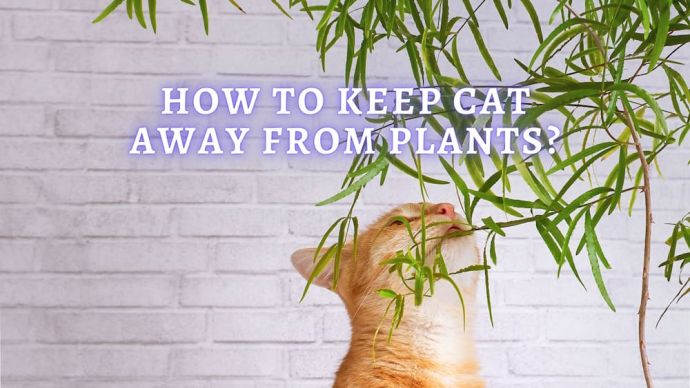 Cat Care How to Keep Cats out of Plants? How to Get Your Cat to Not Eat Plants?
Cat Care How to Keep Cats out of Plants? How to Get Your Cat to Not Eat Plants? - 406
- 0
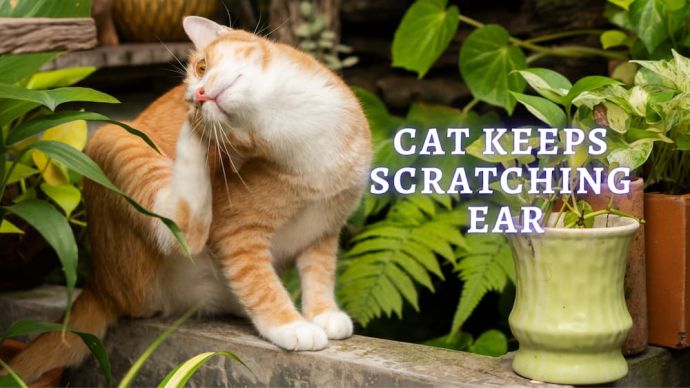 Cat Veterinary Tips Why is my Cat Scratching their Ears? (Veterinary Advice)
Cat Veterinary Tips Why is my Cat Scratching their Ears? (Veterinary Advice) - 1253
- 0
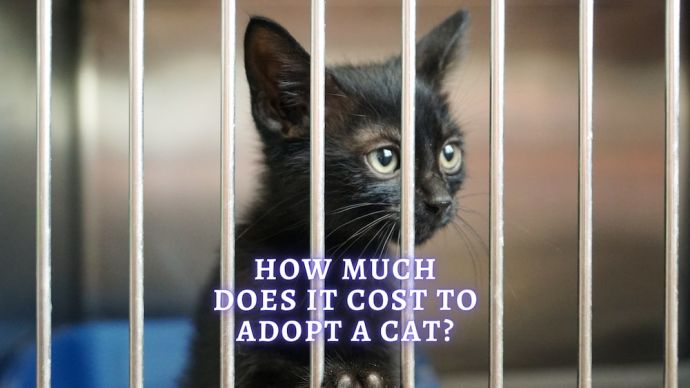 Cat Care How Much Does It Cost To Adopt A Cat? Costs to Consider When Adopting a Pet
Cat Care How Much Does It Cost To Adopt A Cat? Costs to Consider When Adopting a Pet - 62
- 0
 Cat Care Why Does My Cat Attack My Legs? 10 Reasons Why and What To Do About It (Vet-Approved Advice)
Cat Care Why Does My Cat Attack My Legs? 10 Reasons Why and What To Do About It (Vet-Approved Advice) - 45566
- 21
 Cat Veterinary Tips Cat Stomach Gurgling: Vet Advice on Why is Your Cat Stomach Gurgling?
Cat Veterinary Tips Cat Stomach Gurgling: Vet Advice on Why is Your Cat Stomach Gurgling? - 35340
- 4
 Cat Veterinary Tips My Cat Lost its Voice: Can Cats get Laryngitis? (Vet Advice)
Cat Veterinary Tips My Cat Lost its Voice: Can Cats get Laryngitis? (Vet Advice) - 23247
- 13









